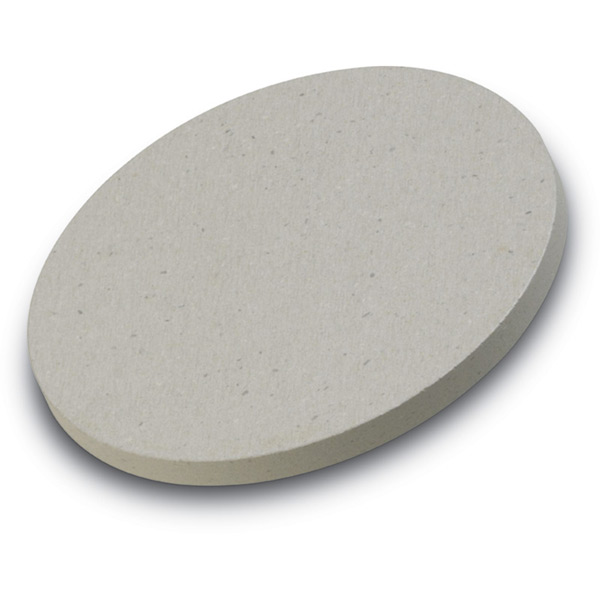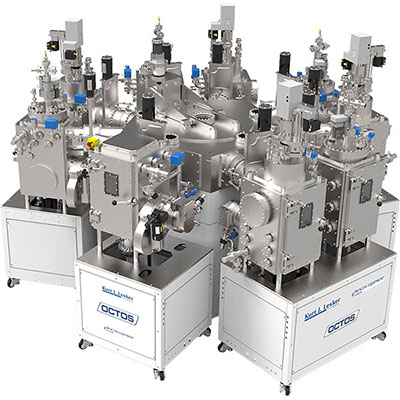Tantalum Oxide (Ta2O5) Sputtering Targets Overview
Our comprehensive offering of sputtering targets, evaporation sources and other deposition materials is listed by material throughout the website. Below you will find budgetary pricing for sputtering targets and deposition materials per your requirements. Actual prices may vary due to market fluctuations. To speak to someone directly about current pricing or for a quote on sputtering targets and other deposition products not listed, please click here.
Tantalum Oxide (Ta2O5) General Information
Tantalum oxide is an inorganic chemical compound with a chemical formula of Ta2O5. It is crystalline solid and white in appearance with a density of 8.2 g/cc, a melting point of 1,872°C, and a vapor pressure of 10-4 Torr at 1,920°C. It is mainly used to produce capacitors which can be found in auto electronics, cell phones, and tools. Tantalum oxide can also be found in the glass for camera lenses. It is evaporated under vacuum to form films for the fabrication of semiconductors, optoelectronic devices, and fuel cells.
Tantalum Oxide (Ta2O5) Specifications
| Material Type | Tantalum Pentoxide |
| Symbol | Ta2O5 |
| Color/Appearance | White, Crystalline Solid |
| Melting Point (°C) | 1,872 |
| Theoretical Density (g/cc) | 8.2 |
| Z Ratio | 0.3 |
| Sputter | RF, RF-R |
| Max Power Density (Watts/Square Inch) | 20* |
| Type of Bond | Indium, Elastomer |
| Comments | Slight decomposition. Evaporate Ta in 10-3 Torr O2. |
* This is a recommendation based on our experience running these materials in KJLC guns. The ratings are based on unbonded targets and are material specific. Bonded targets should be run at lower powers to prevent bonding failures. Bonded targets should be run at 20 Watts/Square Inch or lower, depending on the material.
* Suggested maximum power densities are based on using a sputter up orientation with optimal thermal transfer from target to the sputter cathode cooling well. Using other sputtering orientations or if there is a poor thermal interface between target to sputter cathode cooling well may require a reduction in suggested maximum power density and/or application of a thermal transfer paste. Please contact techinfo@lesker.com for specific power recommendations.







